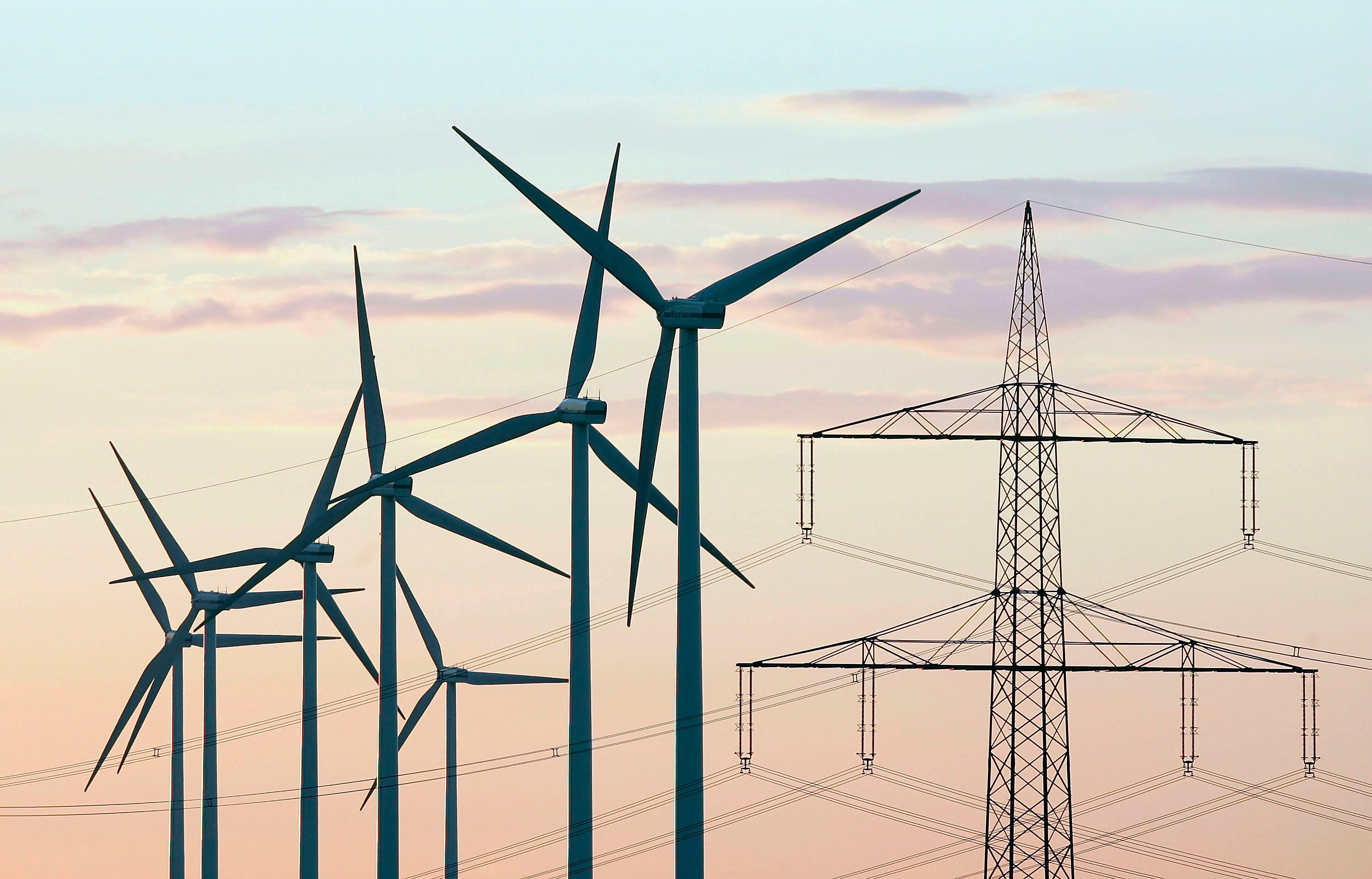
A U.S. company is designing a large battery that it says could help decarbonize the nation’s power sector more cheaply than lithium-ion storage systems—and with domestic materials.
The concept, known as the “iron-air battery,” has impressed U.S. experts. Unlike current lithium-ion batteries that require expensive materials mostly from other countries such as lithium, cobalt, nickel and graphite, the proposed battery stores electricity using widely available iron metal.
It operates on what scientists call the principle of “reversible rusting.” The low cost and high availability of iron could allow iron-air batteries to store electricity for several days during periods of low solar and wind power generation. One such iron-air battery is being designed by Form Energy, a company based in Massachusetts that’s co-run by a former Tesla Inc. official.
Although iron-air batteries were first studied in the early 1970s for applications such as electric vehicles, more recent research suggests that it may be a “leading contender” to expand the nation’s future supplies of green electric power for utilities, according to George Crabtree, director of the Joint Center for Energy Storage Research at Argonne National Laboratory.
Lithium-ion batteries, which are used in cars and for utility-scale storage, discharge electric power for about four hours. The much larger iron-air battery can store and then discharge power for as long as 100 hours, giving utilities four days of electricity to bridge renewable power gaps that can occur in U.S. grids.
Crabtree, a physicist, predicted that the iron-air battery would also help the U.S. decarbonize industrial operations and buttress the Defense Department’s plans to rely more on renewable energy.
Crabtree pointed out that while U.S. researchers helped invent the lithium-ion battery in 1970, it took until 1991 to reach the market. Sony Group Corp., a Japanese company, was the first to sell it. After that, companies based in China took the lead, and they continue to dominate the world’s lithium-ion battery market.
Form Energy was born in 2017. It emerged from a consolidation of two smaller U.S. energy storage companies, one of which was led by Mateo Jaramillo, a former executive at Tesla.
The co-founders shared a vision to reshape the global electric system by creating a new class of low-cost multiday storage batteries. They began testing several different chemistries to make a competitive and domestically produced battery.
They landed on the iron-air battery, which includes a slab of iron, a water-based electrolyte and a membrane that feeds a controlled stream of air into the battery. When discharging, the battery breathes in oxygen from the air and converts iron metal to rust. While charging, an electrical current converts the rust back to iron and the battery breathes out oxygen.
Since its founding, the company has raised $832 million from investors, including Bill Gates’ Breakthrough Energy Ventures and ArcelorMittal SA, a Luxembourg-based multinational steel company.
Since 2021, Form Energy has signed contracts to build battery storage facilities for two utilities. One is Georgia Power Co., the largest subsidiary of Southern Co. The other is Great River Energy, Minnesota’s second-largest electric utility, which supplies power to electric cooperatives.
Form Energy is working with ArcelorMittal to develop iron materials that the steel company would supply to Form Energy. The battery company declined to say when it would announce the construction of its first factory, or where it would be.
“We’re not talking about that yet,” Jaramillo said in an interview.
His company’s executive team includes Yet-Ming Chiang, its chief science officer and a materials expert who teaches at Massachusetts Institute of Technology. He holds over 100 U.S. patents.
The initial storage battery, about the size of a home washer-and-drier combination, will be too big and heavy for cars, but it could replace lithium-ion batteries for utility-scale storage because it would be one-tenth the cost and its capacity will be much larger, according to Form Energy.
Jaramillo graduated from Harvard University with an economics degree and later studied theology at Yale Divinity School.
“It probably helped me in more ways than I could articulate,” he said of his religious studies. “It helped me stay grounded about what solutions look like in this world. There is nothing perfect.”
Crabtree, of Argonne National Laboratory, says he’s impressed by Form Energy’s accomplishments so far. Compared with the 21-year effort by the U.S. to develop the lithium-ion battery, Form Energy may develop the iron-air battery in less than nine years.
“It shows that it is possible to move quickly when it comes to climate change. That’s the critical answer,” Crabtree said.
Reprinted from E&E News with permission from POLITICO, LLC. Copyright 2022. E&E News provides essential news for energy and environment professionals.
